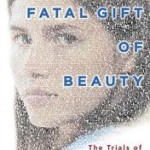 Must-read material: The Fatal Gift of Beauty: The Trials of Amanda Knox by Nina Burleigh. Knox and Raffaele Sollecito were convicted of murdering Meredith Kercher, a British student who died on Nov. 1, 2007 in Perugia, Italy. They are appealing their convictions. As Burleigh told Elle magazine: “She was investigated, arrested and convicted as part of a massive multicultural misunderstanding, abetted by her own quirky personality. … Your identity as a young, attractive woman does not belong to you.”
Must-read material: The Fatal Gift of Beauty: The Trials of Amanda Knox by Nina Burleigh. Knox and Raffaele Sollecito were convicted of murdering Meredith Kercher, a British student who died on Nov. 1, 2007 in Perugia, Italy. They are appealing their convictions. As Burleigh told Elle magazine: “She was investigated, arrested and convicted as part of a massive multicultural misunderstanding, abetted by her own quirky personality. … Your identity as a young, attractive woman does not belong to you.”
Diana Vreeland invented the concept of a fashion editor, putting her indelible stamp on Harper’s Bazaar from 1936 to 1962 and Vogue, where she became editor-in-chief, from 1962 to 1971. In the September issue of Harper’s, Lisa Immordino Vreeland conjures a portrait of the famous sartorial icon. When Carmel Snow offered her the Harper’s job, Diana Vreeland replied, “But Miss Snow, except for my little lingerie shop in London, I’ve never worked. I’ve never been in an office in my life. I’ve never dressed until lunch.”
Immordino Vreeland’s book, Diana Vreeland: The Eye Has to Travel will be published on Oct. 1. (I hope the copy editor for the book was better than the one at Harper’s; there were two glaring errors in that piece.) It was during Vreeland’s tenure at Harper’s that Lauren Bacall’s career was launched after appearing on the cover, shot by Louise Dahl-Wolfe, in March 1943.
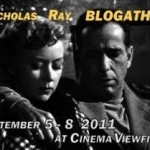 Happy birthday, Mr. Ray: In honor of director Nicholas Ray, who would have turned 100 on Aug. 7, Tony Dayoub of Cinema Viewfinder is running a Nicholas Ray Blogathon Sept. 5-8. Ray directed many noirs (“They Live By Night,” “Knock on Any Door,” “A Woman’s Secret,” “In a Lonely Place,” “Born to be Bad,” “On Dangerous Ground,” “Bigger Than Life”). I look forward to submitting my piece and reading other contributors’ work.
Happy birthday, Mr. Ray: In honor of director Nicholas Ray, who would have turned 100 on Aug. 7, Tony Dayoub of Cinema Viewfinder is running a Nicholas Ray Blogathon Sept. 5-8. Ray directed many noirs (“They Live By Night,” “Knock on Any Door,” “A Woman’s Secret,” “In a Lonely Place,” “Born to be Bad,” “On Dangerous Ground,” “Bigger Than Life”). I look forward to submitting my piece and reading other contributors’ work.
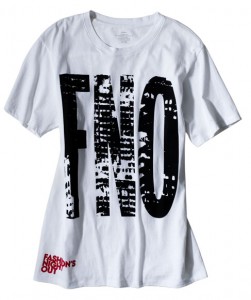 Go on, it’s good for the economy: FNO returns on Sept. 8! Fashion’s Night Out is a global initiative created in 2009 as a partnership between American Vogue, the Council of Fashion Designers of America, NYC & Company, and the City of New York to celebrate fashion, restore consumer confidence, boost the industry’s economy, and put the fun back in shopping. Find out what’s going on in your city and check out the merch.
Go on, it’s good for the economy: FNO returns on Sept. 8! Fashion’s Night Out is a global initiative created in 2009 as a partnership between American Vogue, the Council of Fashion Designers of America, NYC & Company, and the City of New York to celebrate fashion, restore consumer confidence, boost the industry’s economy, and put the fun back in shopping. Find out what’s going on in your city and check out the merch.
With love from USPS: Billy Wilder gets his own stamp starting next year. Wilder won Academy Awards for directing “The Lost Weekend” and “The Apartment.”
 Other Wilder favorites include: “Some Like It Hot,” “Double Indemnity,” “Sunset Blvd.,” “Ace in the Hole,” “Irma la Douce,” “Sabrina” and “The Seven Year Itch.” Part of a four-stamp Great Film Directors series, Frank Capra, John Ford and John Huston will also be honored.
Other Wilder favorites include: “Some Like It Hot,” “Double Indemnity,” “Sunset Blvd.,” “Ace in the Hole,” “Irma la Douce,” “Sabrina” and “The Seven Year Itch.” Part of a four-stamp Great Film Directors series, Frank Capra, John Ford and John Huston will also be honored.
Doc takes center stage: The Toronto International Film Festival runs from Sept. 8-18. The opening night film is “From the Sky Down,” Academy Award-winning filmmaker Davis Guggenheim’s documentary about Irish band U2. It’s the first time in 36 years that the festival will open with a documentary.
Bogey as Spade and Marlowe: The American Cinematheque’s Aero Theatre in Santa Monica is showing on Sept. 8: “The Maltese Falcon” (1941, John Huston) and “The Big Sleep” (1946, Howard Hawks). Double crossing, dubious motives and dry wit abound.
Diana Vreeland photo by Horst P. Horst
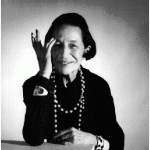
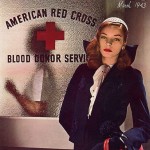





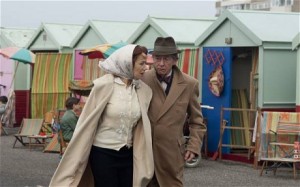
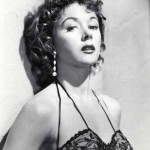
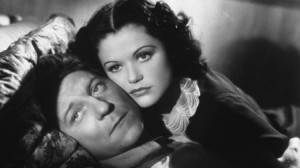
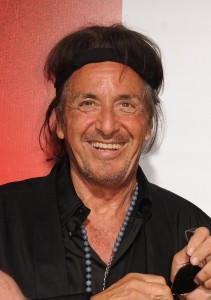
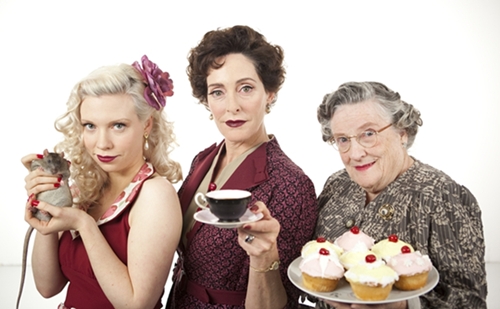

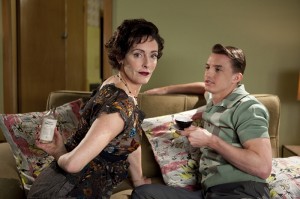
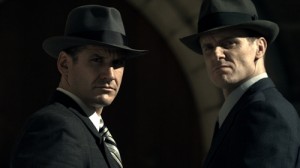

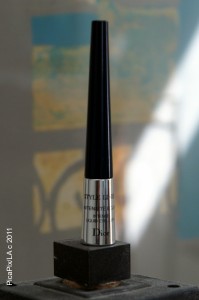



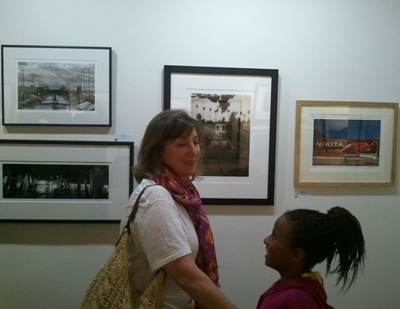
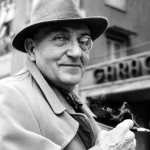
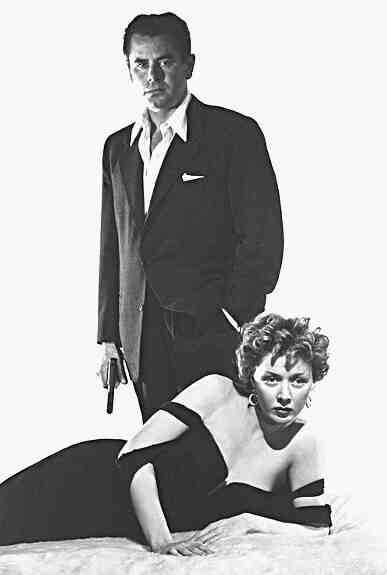
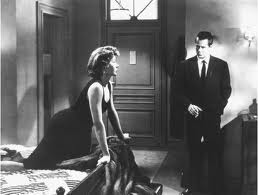
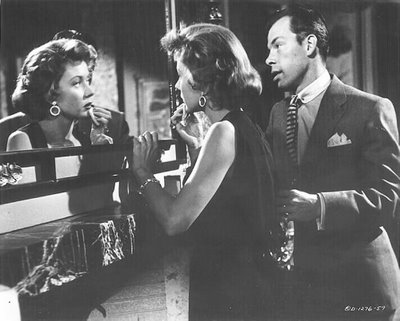
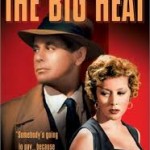





From FNB readers